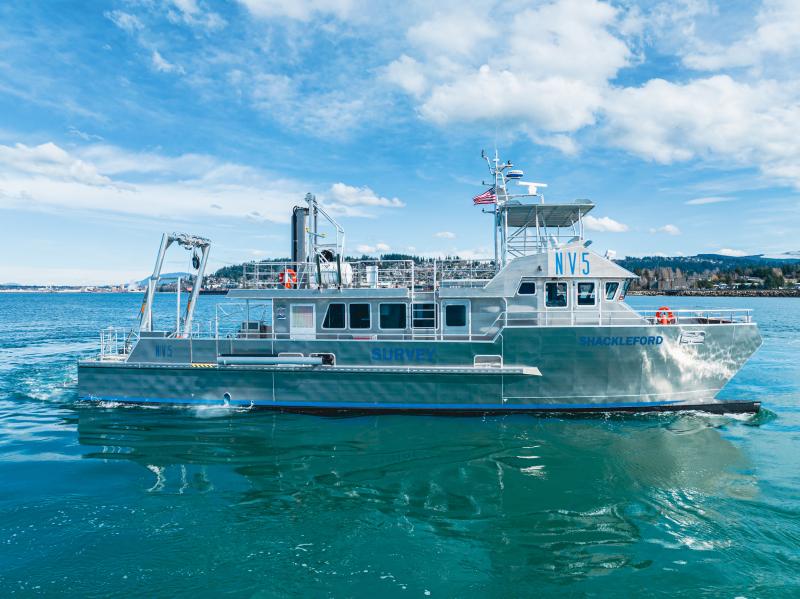In an effort to identify the best landfall option for cables coming from its offshore wind farm, Danish-based power company Ørsted has announced it will resume near-shore survey work off Delaware’s coast beginning this fall.
Ørsted has twice been awarded Offshore Renewable Energy Credits by the Maryland Public Service Commission for a federally regulated wind farm area about 17 miles due east of Delaware – in 2017 for Skipjack Wind 1, a 120-megawatt project; and in late 2021 for Skipjack 2, an 846-megawatt project.
Chris Bason, Ørsted's stakeholder relations lead in Delaware, said the survey work is scheduled to begin Saturday, Sept. 9, and will continue 12 hours a day into October. The work will take place north and south of the Indian River Inlet, he said.
It’s important to note that no final decisions have been made for where Ørsted plans to lay cables and make landfall, said Bason. Before that happens, the approaches will need approval from federal, state or local jurisdictions, he said.
The vessel being used for the work is R/V Shackleford, a 73-foot catamaran. Bason said the boat will survey very near shore out to about six miles off the Delaware coast. The catamaran will allow the boat to get pretty close, he said.
This will be the second round of survey work completed by Ørsted, but unlike the work done by the large lift boat that was offshore before, there will be no digging into the sea bed, said Bason. Instead, he continued, high-resolution acoustic sensors will trail the vessel.
This round of survey work will collect data about the sea floor and the geology beneath it, and also identify potential archaeological resources and debris.
Depending on what’s found, this could be the last round of data collecting before Ørsted submits its construction and operations plan to the Bureau of Ocean Energy Management, said Bason. The company could submit that plan by the end of the year, he said.
The vessel will be required to follow 10-knot speed restrictions and will have trained observers on board 24 hours a day to watch for marine mammals and protected species.
More information on the survey work can be found through Ørsted’s mariner briefings, which can be found online at us.orsted.com/wind-projects/mariners. As information about survey work is updated, briefings are submitted to the U.S. Coast Guard and distributed to the maritime community in Delaware and Maryland.
Chris Flood has been working for the Cape Gazette since early 2014. He currently covers Rehoboth Beach and Henlopen Acres, but has also covered Dewey Beach and the state government. He covers environmental stories, business stories and random stories on subjects he finds interesting, and he also writes a column called Choppin’ Wood that runs every other week. He’s a graduate of the University of Maine and the Landing School of Boat Building & Design.























































